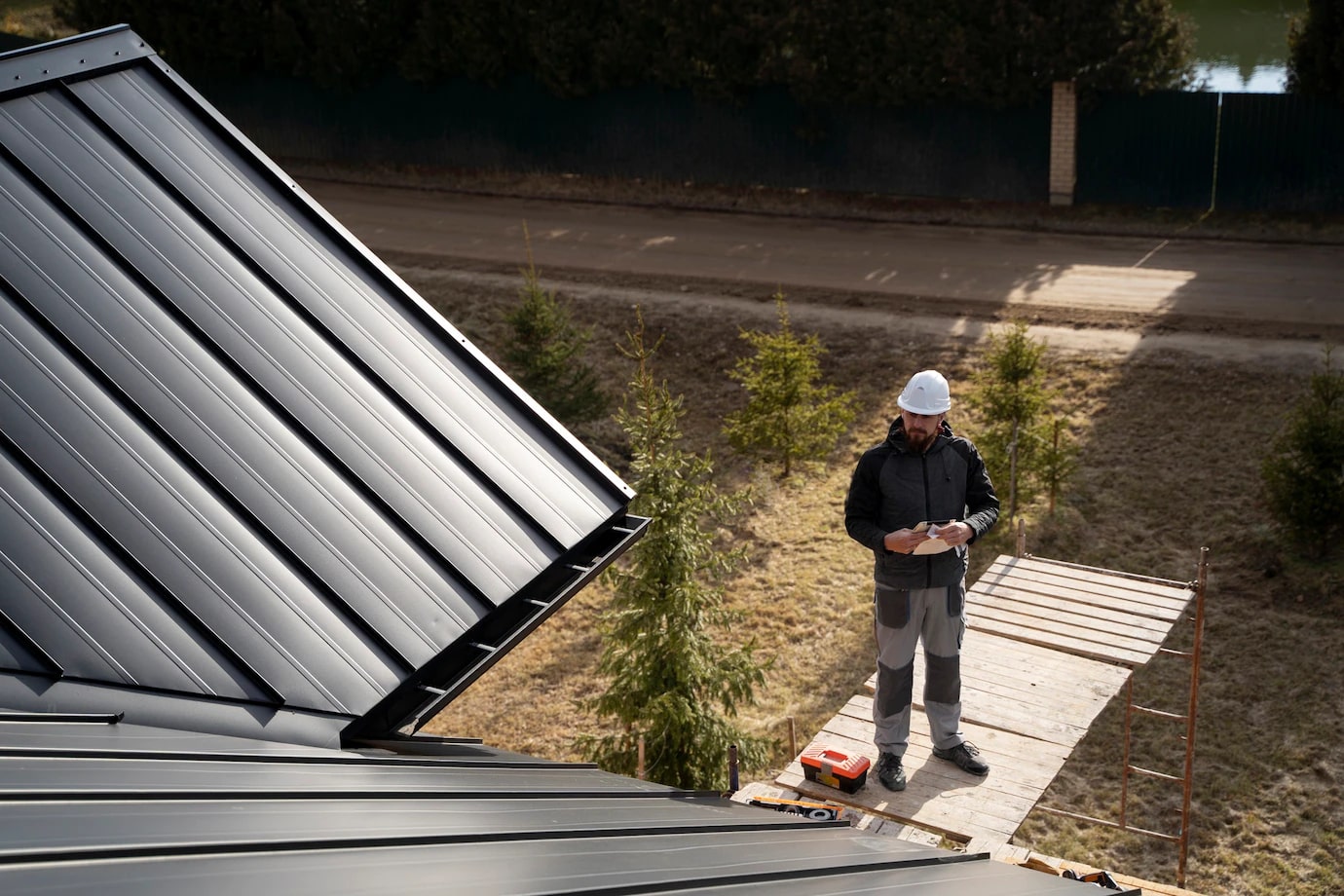Roof flashing is a crucial but often overlooked component of a well-functioning roofing system. Flashing serves as a protective barrier against water infiltration at vulnerable points, such as valleys, chimneys, skylights, and intersections between roofing materials. Proper maintenance of roof flashing is essential for preventing water damage, leaks, and costly repairs. In this guide, we’ll explore the fundamentals of roof flashing maintenance and provide valuable tips to ensure the longevity and effectiveness of your roofing system.
1. Regular Inspections
Routine inspections are the cornerstone of effective roof maintenance. Schedule regular checks of your roof, paying close attention to the flashing. Look for signs of wear, rust, or corrosion, as these issues can compromise the integrity of the flashing. Inspections are particularly important after severe weather events such as storms, heavy rainfall, or snowfall.
2. Clean Debris
Debris accumulation around flashing areas can lead to water pooling and deterioration. Regularly clean leaves, branches, and other debris from your roof, especially in areas where flashing is installed. This simple task can prevent clogs and ensure that water can flow freely away from critical areas.
3. Sealant Inspection and Application
Check the condition of sealants around flashing points. Over time, sealants can deteriorate due to exposure to the elements. If you notice any cracks or gaps, reapply a high-quality roofing sealant to maintain a watertight seal. This proactive approach can prevent water from infiltrating your home and causing damage.
4. Address Rust and Corrosion
Metal flashing materials, such as aluminum or steel, are susceptible to rust and corrosion. If you observe any signs of rust, address the issue promptly. Clean the affected areas with a wire brush, apply a rust converter, and finish with a rust-resistant primer and paint. This not only improves the aesthetic appeal but also extends the lifespan of your flashing.
5. Professional Roof Inspections
While DIY inspections are valuable, it’s essential to have a professional roofing contractor conduct a comprehensive inspection periodically. Professionals have the expertise to identify potential issues that might go unnoticed during routine checks. A thorough inspection can catch problems early, preventing major issues and saving you money in the long run.
Conclusion
Maintaining roof flashing is a vital aspect of preserving the integrity and functionality of your roofing system. By incorporating these tips into your regular maintenance routine, you can extend the lifespan of your roof, prevent water damage, and avoid costly repairs. Remember that a small investment in routine maintenance can go a long way in protecting your home from the elements and ensuring a secure and dry living environment.
